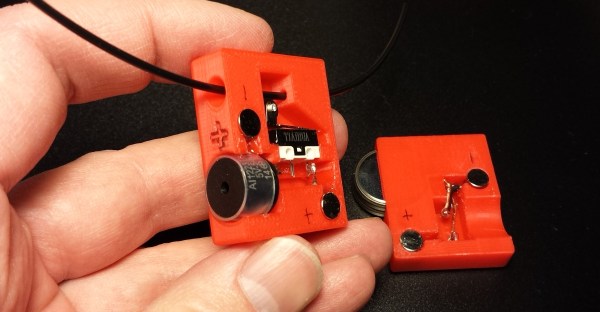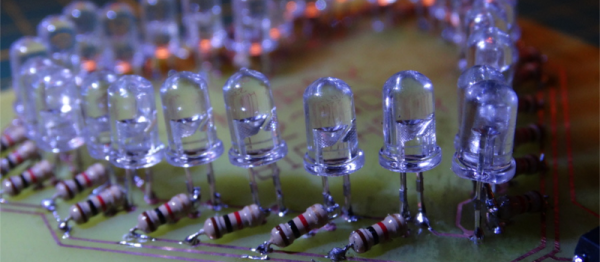[Jared Sanson] has a solar power setup on his beach house, consisting of 6 panels and a 24V battery bank, supplied by Outback Inc. Their chargers and inverters pair over a seemingly proprietary connection with a controller known as the MATE. The MATE has a standard serial output which gives some details about the operation, but [Jared] wasn’t getting the detailed information they could get from the controller’s screen. This meant it was time to reverse engineer the proprietary connection instead, which [Jared] calls MateNET.
The controller interfaces with the chargers over a Cat5 cable. [Jared] initially suspected RS-485, but it turned out to be regular serial at 0-24V logic levels, at 9600 baud, 9n1. To figure out the pinout, [Jared] went through the MATE circuitry with a fine-toothed comb, discovering an ATMEGA32. Since both the MATE’s user output & its connection to the other equipment are both serial, a logic mux is used to split the ATMEGA32’s single UART between the two serial connections. With the physical layer sorted, it was time to figure out how the protocol worked.
Continue reading “Solar Controller Reverse Engineered In Both Directions”


















